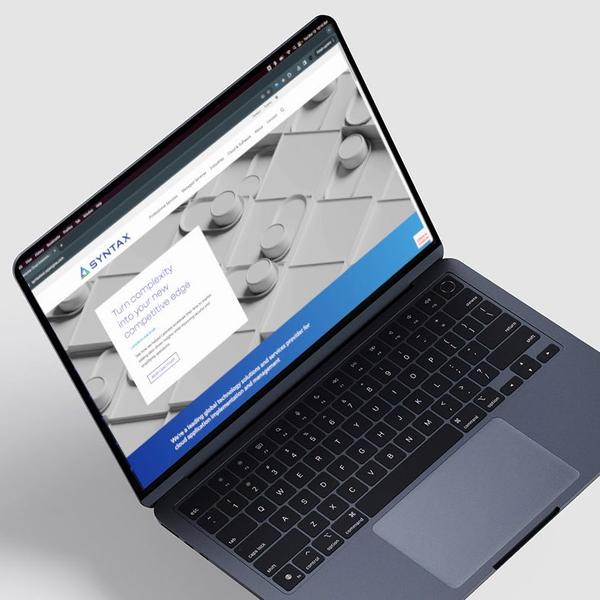

Director of User Experience and Product Strategy
Seasoned and savvy Director of User Experience relying on analytic observation and creative instinct. +12 years of servant leadership to teams and their growth and +10 years collaborating with business allies, clients and stakeholders to create measurable, repeatable outcomes, outputs and impact.
I will lead a team to be better aligned, more resilient and focused on delivering fast so we can begin iterating and adapting assumptions to improve products, experiences and results.
I want to deliver value that can be measured, grow talent and foster leaders of people and thought.
Separating user experience from customer experience isn’t possible when we understand what we are to deliver–positive reactions and valuable output.
Every customer had a UX moment before they became a customer. Too many bad UX moments on either side of that conversion and the loyalty is damaged.
Design is not about where buttons go, or how long the content needs to be. It is defined by the intent of the audience, always.
If it is not in their service, it is not user experience.
User experience affects the individuals using the output and Business experience is harnessing the value of good UX to drive positive impact for the business as an entity. It can be revenue, share of voice, loyalty or all of these.
If design is hypothesis, it has tolerances and variables. Those produce measurable points. Measurement shows gap and alignment. That allows adjustment via iteration. Iteration makes improvements to the hypothesis.
Get something IRL as soon as you can.
It will never be perfect, no matter the design rigor. Perfect is a moving target. If it were fixed, it would lose all the magic and we would have nothing to chase.
Get things done, get them in front of who needs them.
Leadership is judged on the success of their team and the growth of the individuals therein.
Meetings are not the seed of ideas. For a design team to make, individuals need dedicated time to silence the IMs and make real things that others can react to, and that information drives the next set of ideas when the teams convene.
Knowing when not to interject is as important as giving input for teams. Give them room to solve before presenting your own solution.
If a team is to succeed, donning one of them with the favorite child crown places the others at disadvantage and breaks chemistry. Single points of failure guarantee a future panic.
Train your replacements and help them build measurable, intangible skills that are portable for the rest of their careers.
Nothing will break a team unity faster than un-federating the group with blame. If something goes sideways, it can be fixed. No one should work with the fear of punitive action for mistakes.